Professional Departure Letter Template for Easy Transition
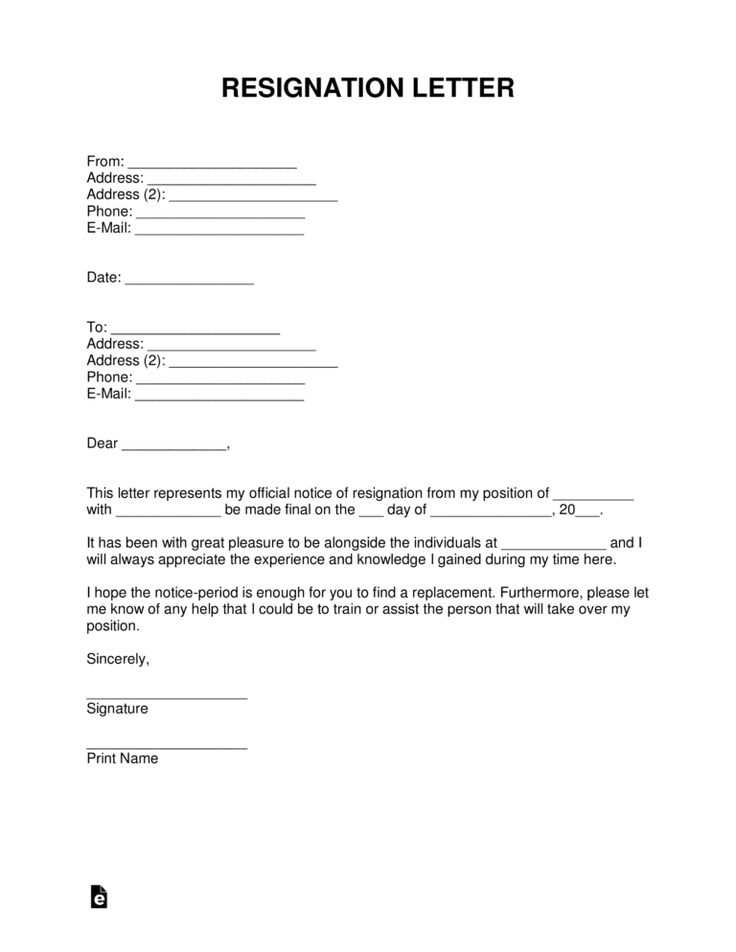
When moving on from a position, it is crucial to formally communicate your decision to leave. A well-structured notice can ensure a smooth transition and maintain positive relationships with your employer and colleagues. This document serves as a clear and respectful way to announce your departure and outline your reasons, if necessary.
In the process of crafting such a notification, several important elements must be included to keep the message clear, concise, and professional. It is essential to maintain a tone that reflects gratitude for the opportunities provided, while also being transparent about your next steps. With the right approach, this simple task can leave a lasting positive impression.
Using a precise format not only helps convey your message effectively, but also showcases your professionalism. Knowing the key points to highlight and the proper structure will save you time and ensure your message is received well. Whether you are leaving due to a new job, personal reasons, or other factors, presenting your exit thoughtfully can make a significant impact.
Key Elements to Include in Your Resignation Notification
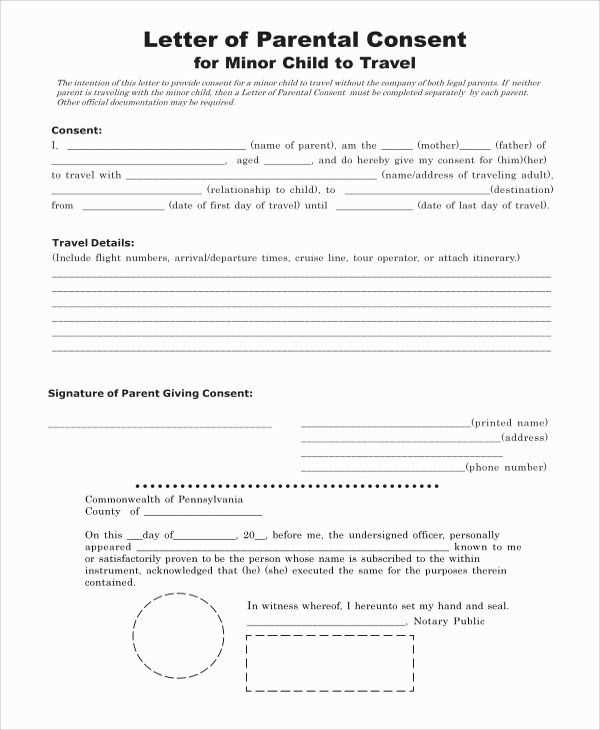
When preparing to announce your decision to leave a role, it is important to include several key components in your written notice. A well-crafted message ensures clarity and professionalism, helping to make the transition smoother for both you and your employer. By structuring your communication carefully, you can express your intent, gratitude, and future plans in a respectful manner.
Important Aspects to Consider
Here are the critical elements you should include in your formal resignation communication:
- Clear Intent: Make it evident that you are resigning and include the date when your departure will take effect.
- Gratitude: Thank the company or organization for the opportunity and any positive experiences gained during your time there.
- Reason (optional): While not always necessary, briefly stating the reason for your departure can help provide context and maintain transparency.
- Transition Assistance: Offering to help with the transition or training a replacement is often appreciated by employers.
- Closing Remarks: End your message on a positive note, reinforcing your appreciation for the company and colleagues.
Why Structure Matters
A well-organized resignation note not only helps communicate your decision clearly but also leaves a lasting positive impression. Structuring your message thoughtfully ensures that your departure is handled with professionalism and respect. Maintaining a balanced tone throughout, combining politeness with clarity, is essential in creating the right impression during this important career milestone.
Why a Departure Letter is Important
Formally announcing your decision to leave a position is a key part of the professional exit process. A well-composed document serves multiple purposes: it ensures that your intentions are clearly communicated, it maintains a positive relationship with the employer, and it helps create a smooth transition for the organization. Regardless of the circumstances surrounding your departure, taking the time to document your decision properly can leave a lasting impression.
Not only does it provide a clear timeline for your exit, but it also reflects your level of professionalism and respect for the employer. In many cases, it can lead to future opportunities or references. Furthermore, it allows for any important logistical details to be addressed, such as the transfer of responsibilities or knowledge. Overall, this written communication is a crucial step in leaving on good terms and ensuring that your exit is handled professionally.
Key Phrases to Use in Your Letter
Crafting a professional message to inform your employer about your decision to leave requires careful selection of words. The right phrases can help convey your message clearly while maintaining a positive and respectful tone. Whether you’re leaving for personal reasons or a new opportunity, choosing the appropriate language can influence how your message is received.
Expressing Gratitude
One of the most important aspects of this communication is showing appreciation for the opportunity. Here are a few phrases you can use:
- “I would like to thank you for the opportunity to work with this company.”
- “It has been a rewarding experience working with such a dedicated team.”
- “I truly appreciate the growth and support I’ve received during my time here.”
Clarifying Your Departure
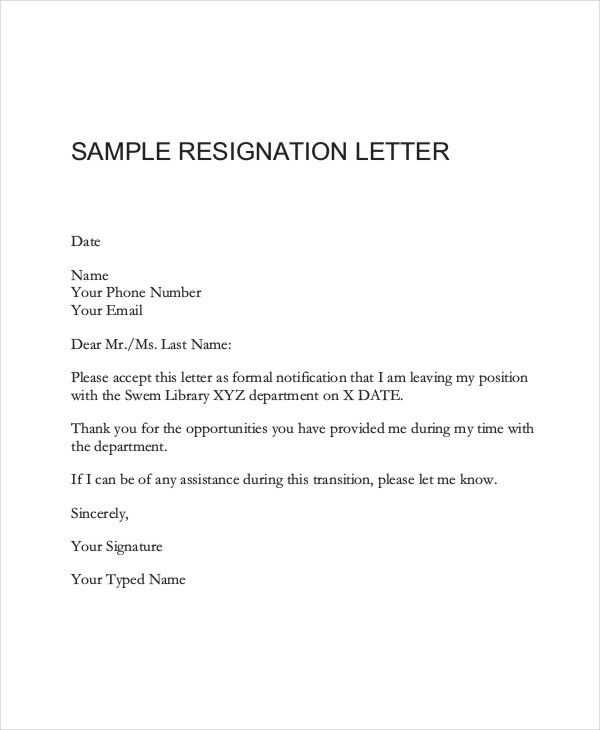
Being clear about your decision and timeline is essential. Consider using the following phrases to state your intent:
- “I am writing to inform you of my decision to resign from my position, effective [date].”
- “Please accept this notice as formal notification of my intention to leave the company.”
- “I have made the decision to pursue new opportunities, and my final working day will be [date].”
By incorporating these key phrases, your communication remains professional and thoughtful, ensuring a smooth transition for both parties.
How to Address the Recipient Correctly
Properly addressing the person you are writing to is crucial in ensuring your communication is respectful and professional. Whether you are directing your message to a supervisor, manager, or HR representative, using the correct form of address sets the tone for your message and reflects your level of professionalism.
Always begin with a formal greeting, particularly if you are unsure about the recipient’s preferred title. If the individual holds a managerial or senior position, it is polite to use their formal title followed by their last name. For example, “Dear Mr. Smith” or “Dear Dr. Johnson”. This approach conveys respect for their position and authority within the organization.
In situations where you have a more familiar relationship with the person, you may use their first name, but it’s still important to maintain a polite and formal tone throughout the rest of the message. For example, “Dear John” is acceptable when addressing someone you know personally, but ensure your message remains professional.
In the case of addressing a department or HR, where a specific individual isn’t named, you could use a general yet respectful salutation such as “Dear Human Resources Team” or “To Whom It May Concern”.
Tips for Maintaining a Professional Tone
When communicating your decision to leave an organization, it’s essential to maintain a respectful and professional tone throughout your message. This not only ensures that you are leaving on good terms but also helps preserve valuable relationships for the future. Choosing the right words and phrasing can make a significant impact on how your message is perceived.
Be Clear and Concise
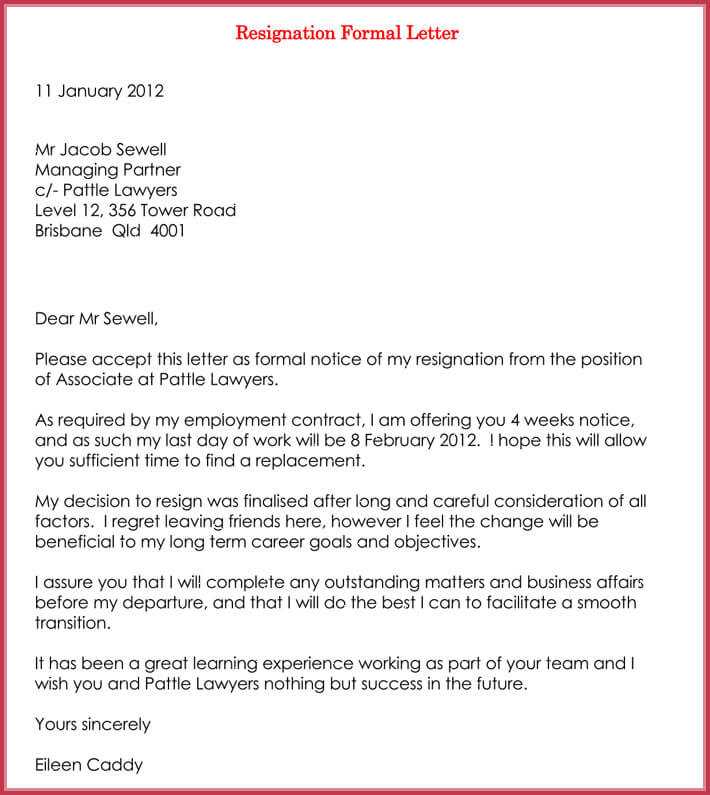
Avoid unnecessary details or lengthy explanations that might detract from the professionalism of your message. Stick to the essentials and clearly state your decision to move on. For example, “I have decided to pursue a new opportunity” is straightforward and respectful without over-explaining.
Use Positive Language
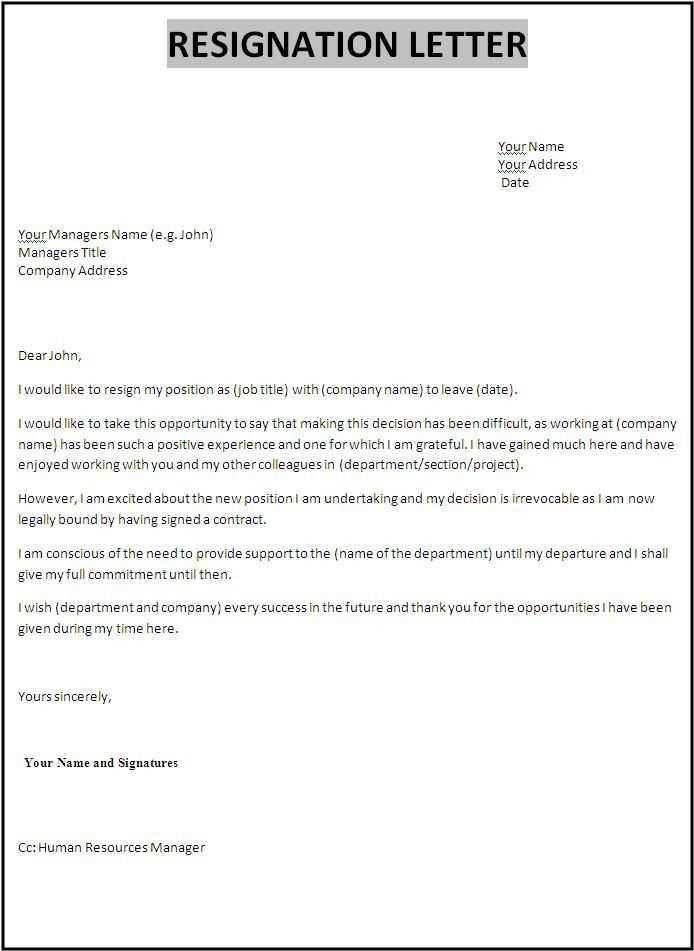
Even if the circumstances leading to your decision are less than ideal, it’s important to focus on the positive aspects of your experience. Express gratitude for the opportunities provided and highlight your appreciation for your colleagues and the organization. Phrases like “I am grateful for the time I spent with the team” or “It has been a pleasure working here” help maintain an upbeat and constructive tone.
Incorporating these techniques will help you communicate your decision professionally, leaving a lasting positive impression as you transition to the next phase of your career.
Timing for Sending Your Departure Letter
Choosing the right moment to send your formal communication about leaving an organization is crucial for maintaining a professional image. The timing not only impacts the way your message is received but also ensures that your departure process is smooth and respectful.
Give Sufficient Notice
It’s essential to give ample notice before your final day. Generally, a two-week notice period is considered standard, although some roles or companies may require more time. Providing sufficient notice allows your employer to make necessary arrangements for your absence and helps ensure a positive transition.
Send It Before Making Public Announcements
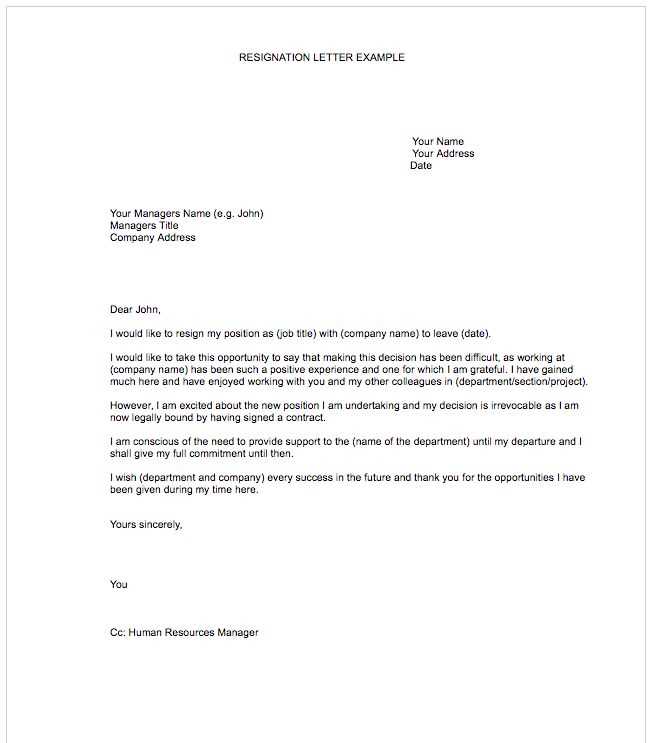
Ensure that your direct supervisor or HR department is the first to receive your communication. You want to inform them personally before any company-wide announcements are made. This shows respect for the organization and gives your employer the opportunity to manage the news appropriately.
By carefully considering when to send your communication, you can leave on good terms and demonstrate respect for your employer and colleagues.
Other Options Besides a Formal Letter
While a formal written communication is a traditional way to announce your decision to leave, there are other methods available depending on the nature of your relationship with the organization. Each option can be tailored to fit the situation, allowing for flexibility in your approach.
| Method | Pros | Cons |
|---|---|---|
| In-Person Conversation | Personal and direct, builds a stronger connection | Can be uncomfortable, lacks a formal record |
| Email Notification | Quick and efficient, provides written documentation | Lacks the personal touch, may seem impersonal |
| Video Call | Good for remote workers, allows for visual communication | Less formal than in-person, may require technology setup |
Each of these alternatives can be effective depending on the context of your departure and the relationship you have with your employer. Consider your options carefully to ensure your message is conveyed with respect and professionalism.